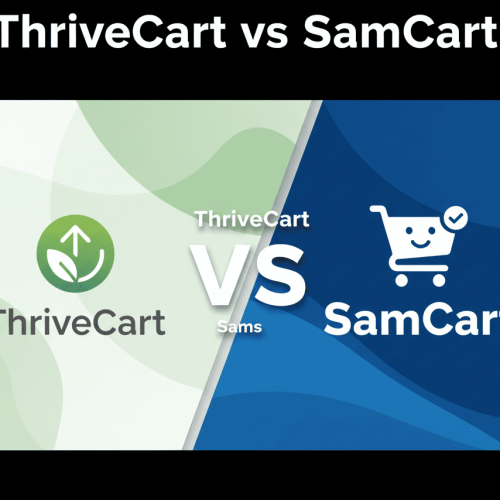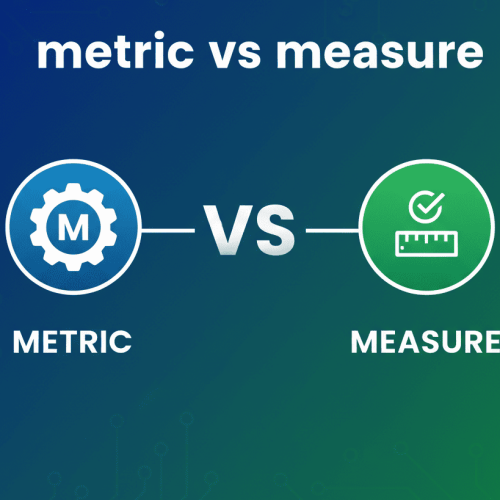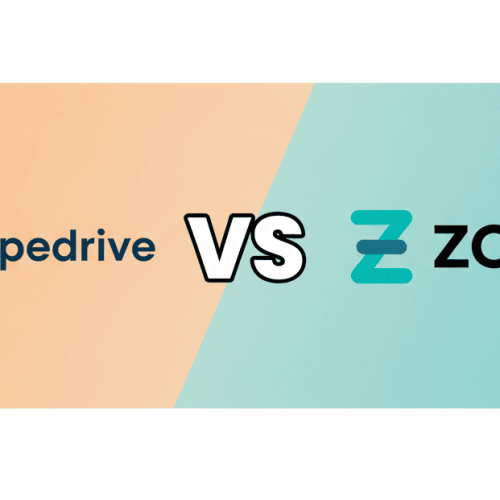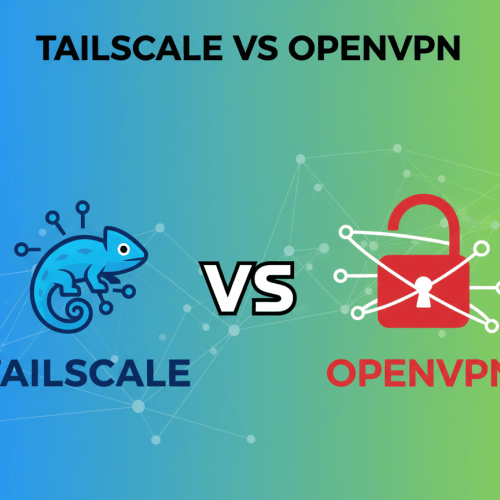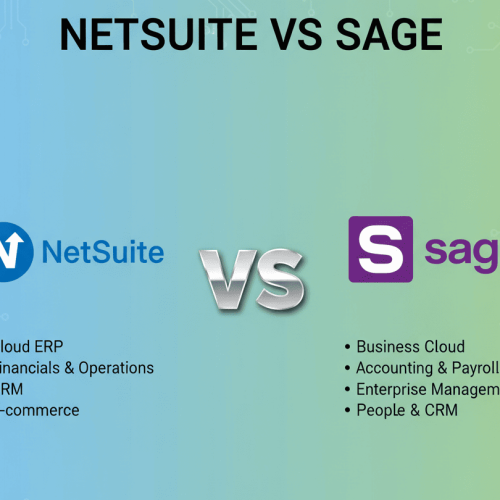Choosing the right VPN solution is a critical decision for businesses and individuals who need to secure their networks and devices. Two of the most prominent players in this space are Tailscale vs OpenVPN. While both provide secure network access, they are built on very different philosophies.
This article will break down their core differences to help you decide which one is the better choice for your specific needs in 2026. While Tailscale focuses on ease of use and modern mesh networking, OpenVPN is a time-tested, highly customizable, and secure protocol that requires more manual configuration.

What is Tailscale?
Tailscale is a zero-config mesh VPN that builds a secure network between your devices, no matter where they are. It uses the WireGuard protocol as its foundation but adds a management layer on top that handles configuration, key management, and user access. It is known for its simplicity and a “just works” approach to secure networking.
This platform is a great fit for individuals, small teams, and businesses that need to connect remote devices without dealing with complex firewall rules, port forwarding, or manual configurations. It is ideal for remote access to servers, computers, and cloud instances, as it automatically navigates complex network environments and firewalls. Its focus on identity-based access control makes it a modern and secure solution.
What is OpenVPN?
OpenVPN is a versatile and robust open-source VPN protocol. It is not a service but a software solution that allows users to create their own secure networks. It is widely considered an industry standard due to its strong encryption and its ability to be highly customized to meet a wide range of security requirements.
The main purpose of OpenVPN is to provide a powerful, secure, and flexible solution for secure network tunneling. It is the preferred choice for IT professionals and organizations that need full control over their VPN infrastructure. Its extensive configuration options and time-tested security make it a go-to solution for building traditional hub-and-spoke VPNs, especially in environments where security and a high degree of control are the top priority.
Conclusion: Tailscale vs OpenVPN
In summary, Tailscale is the superior choice for users who prioritize simplicity, ease of use, and a fast, modern mesh network. Its ability to handle complex network conditions without any configuration makes it an ideal solution for remote work and distributed teams. OpenVPN is the better option for security-conscious professionals and enterprises that require a highly customizable, self-hosted VPN solution with granular control over their network. The choice depends on whether you value Tailscale’s zero-config simplicity or OpenVPN’s powerful flexibility.
FAQs
- Is Tailscale or OpenVPN easier to set up?
Tailscale is significantly easier to set up. Its zero-config approach automates most of the setup process, allowing users to connect devices in minutes. OpenVPN requires manual server setup, client configuration, and key management, which can be time-consuming and complex.
- Which is more secure?
Both are highly secure, but they approach security differently. OpenVPN is a battle-tested protocol that has been around for years. Tailscale is built on the modern WireGuard protocol, which has a smaller codebase that is easier to audit, and it includes features like identity-based access control.
- Is one of these tools more affordable than the other?
Tailscale offers a very generous free plan for personal use and a simple, per-user pricing model for businesses. OpenVPN can be free if you self-host the server, but commercial licenses and managed services can be expensive.
- Can I get a free plan with either of them?
Yes. Tailscale offers a free plan that allows you to connect up to three users and 100 devices. OpenVPN is open-source and free to use if you host it yourself.
- Which is better for remote access?
Tailscale is better for remote access, especially for individuals and teams. It creates a seamless mesh network that allows devices to connect directly without a central server bottleneck, improving both speed and reliability.
- Do they have a mobile app?
Yes, both Tailscale and OpenVPN have mobile apps for iOS and Android. Tailscale’s app is known for being extremely easy to use and a seamless extension of the desktop experience.
- Which is better for large organizations?
Tailscale is a great solution for large organizations due to its easy scalability, identity management, and access control lists (ACLs). OpenVPN is also scalable but requires more manual effort to manage a large number of users and devices.
- Do they support split tunneling?
Yes, both Tailscale and OpenVPN support split tunneling. This feature allows you to route only specific traffic through the VPN, which is useful for accessing corporate resources while keeping other internet traffic local.
- Which one is faster?
Tailscale is generally faster than OpenVPN. Tailscale is built on WireGuard, which is known for its speed and efficiency. OpenVPN can also be fast, but it can be less performant due to its older protocol design and higher overhead.
- Which is better for an IT professional?
For an IT professional who wants maximum control, OpenVPN is often the better choice. It offers extensive configuration options and the ability to customize every aspect of the network. Tailscale is better for IT professionals who want to simplify their infrastructure.

